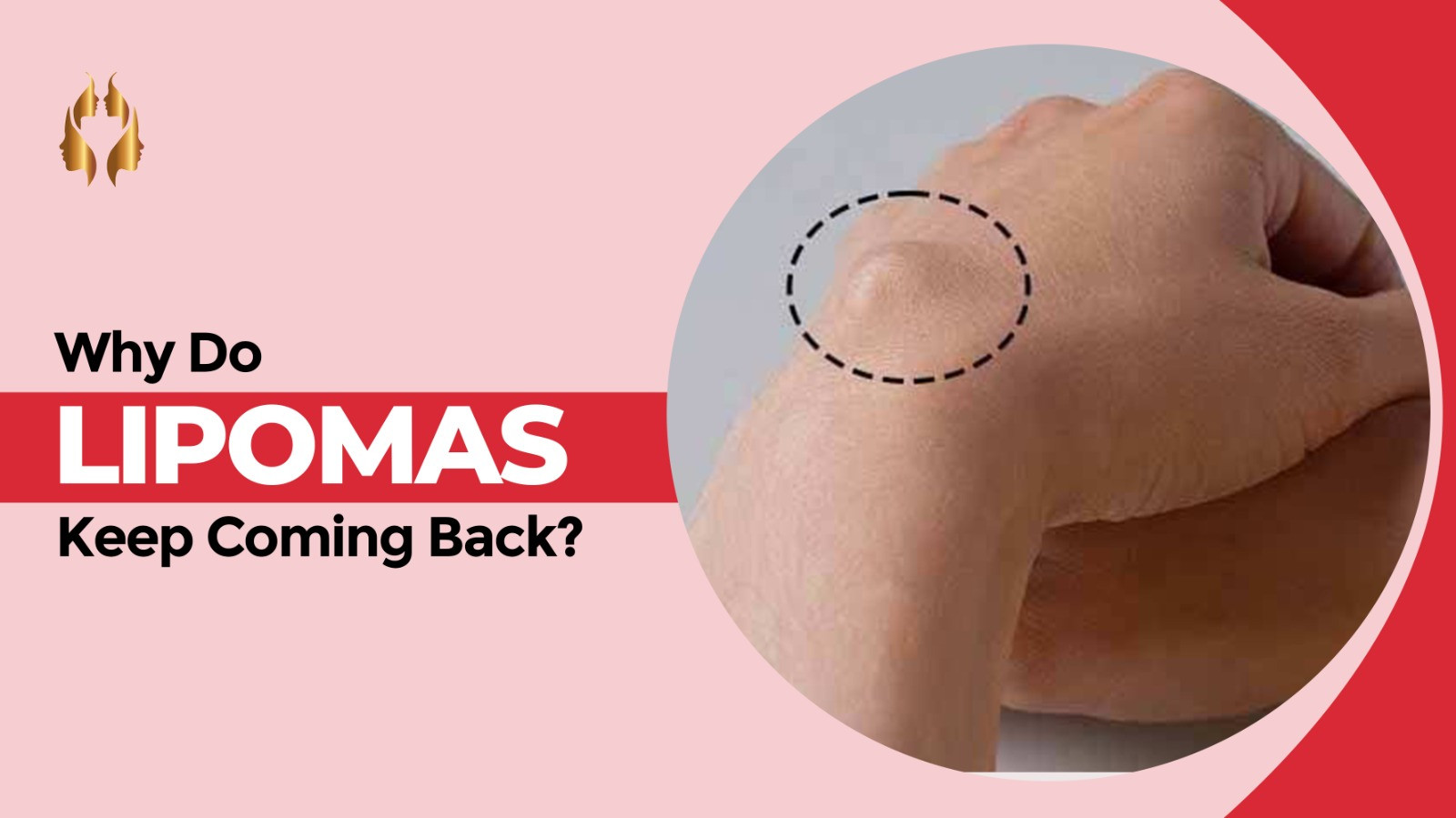Blog Details
Home > Blog> Blog Details

Successful Surgeries
Doctors
Happy Patients
If you got any questions, please do not hesitate to send us a message. We reply within 24 hours.
Why Do Lipomas Keep Coming Back? Understanding the Causes
Lipomas are soft, fatty lumps that form under the skin. They are usually harmless and grow slowly over time. While they do not cause pain in most cases, some people find them uncomfortable or bothersome, especially if they appear in noticeable areas. One common concern for those with lipomas is why they keep coming back. Understanding the causes of recurring lipomas can help in managing them effectively.
Lipomas develop when fat cells grow in clusters under the skin. The exact reason why this happens is not fully understood, but some factors contribute to their formation:
Even after removal, some people experience recurring lipomas. There are several reasons why this happens:
1. Genetic Predisposition
If lipomas run in your family, you may continue to develop new ones throughout your life. Even if you remove them, your body may naturally form new lipomas due to genetic factors.
2. Incomplete Removal
During surgical removal, if a portion of the lipoma is left behind, it may regrow in the same spot. This happens when the entire fatty tissue is not extracted completely.
3. Formation of New Lipomas
Sometimes, it may seem like a lipoma has come back, but in reality, a new lipoma has formed in a nearby area. This can be frustrating, but it is common among people prone to lipomas.
4. Hormonal Changes
Hormonal imbalances can influence fat distribution in the body. Some studies suggest that hormonal changes might contribute to lipoma development and regrowth, although more research is needed.
5. Underlying Medical Conditions
Some rare medical conditions, such as familial multiple lipomatosis and Madelung’s disease, cause multiple lipomas to grow. These conditions make it difficult to prevent new lipomas from forming, even after removal.
While it is difficult to stop lipomas from forming completely, there are some ways to manage them:
Lipomas are usually harmless, but they can be frustrating if they keep coming back. Genetics, incomplete removal, and underlying conditions are the main reasons for their recurrence. While it may not be possible to prevent them entirely, monitoring them, leading a healthy lifestyle, and seeking medical advice can help manage the condition effectively. If you have concerns about recurring lipomas, consulting a healthcare professional is always the best approach.
Copyright reserved @ 2023 Raj Cosmetic & Plastic Surgery Centre